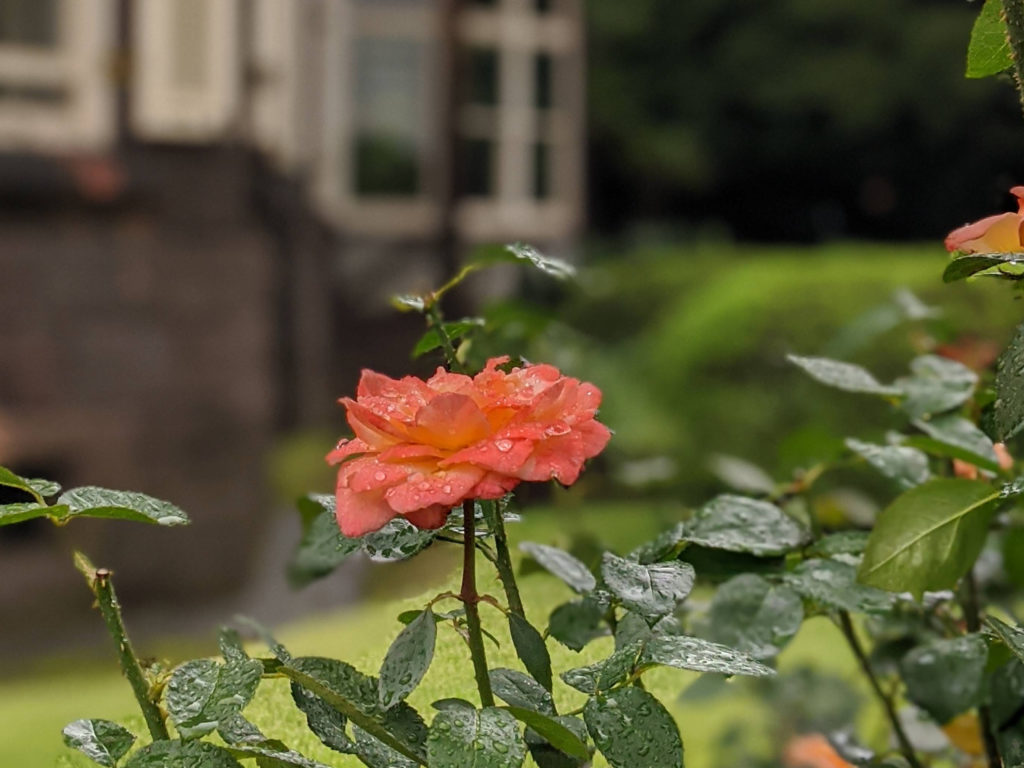1.Kyu Iwasaki Tei (1986)
The Iwasaki estate lies to the southwest of Ueno park near Yushima station. Built in the late stages of the Meiji era for the founding family of the Mitsubishi group, the original complex of twenty buildings, and grounds were designed by English architect Josiah Conder. Nicknamed ‘the father of modern Japanese architecture’ Conder was involved in educating a generation of Japanese architects as a professor at the Imperial College of Engineering.
While many of the original structures no longer exist, you can visit the main two-storey, timber residence designed in the Jacobean style, as well as a (reduced) Japanese living annex, and a Swiss chalet-style snooker pavilion. The Iwasaki diamond crest motif (from which the iconic Mitsubishi logo derives), is cleverly integrated throughout.
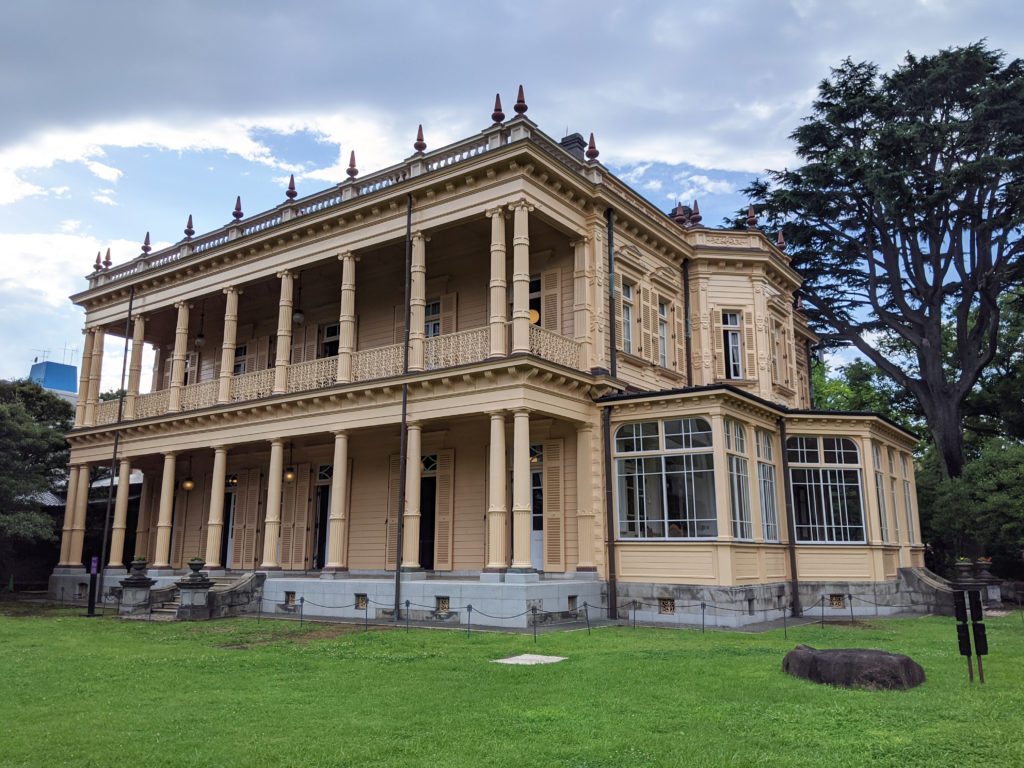
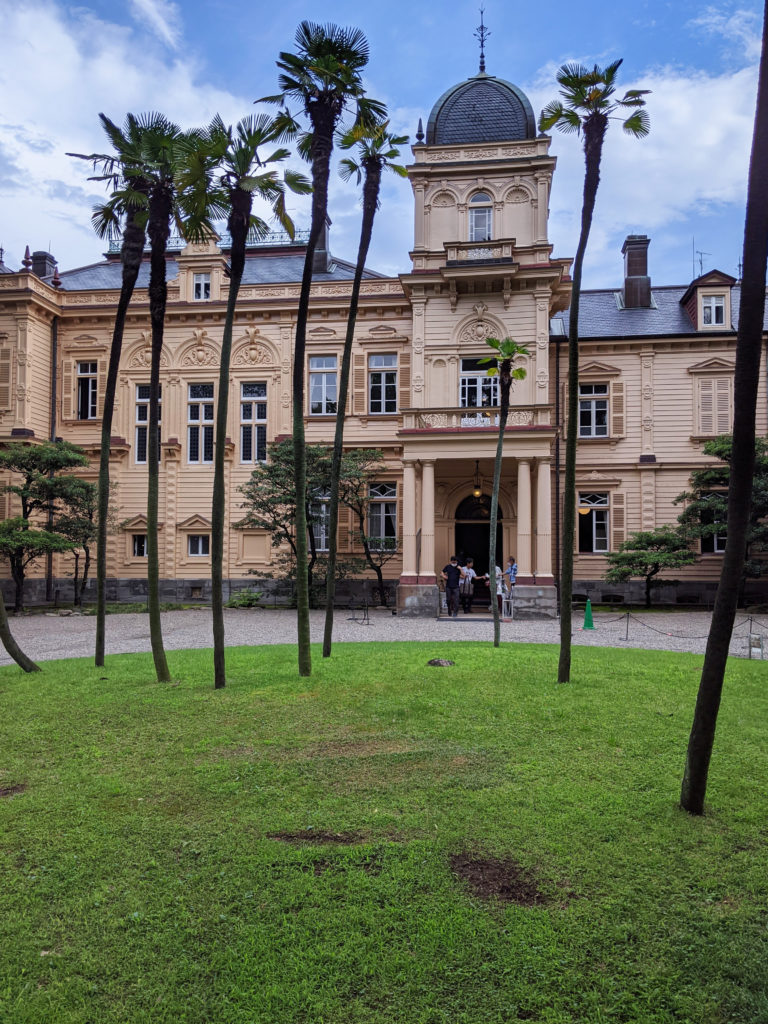
2.Kyu Furukawa Tei
The extensive Kyu-Furukawa Gardens in Nishigahara are the site of another Condor-designed residence. This estate – for the industrialist Furukawa Toranosuke – is built in the style of an English cottage, from reddish-black, Shin-Komatsuishi (local andesite). Western and Japanese residences are joined under one roof, with the tatami-floored Japanese quarters occupying the upper story, and the high-ceilinged ornate Western rooms for guests below.
The geometric European rose garden surrounding the house transitions to the less symmetrical Japanese grounds via a rhododendron plantation that blends the two.
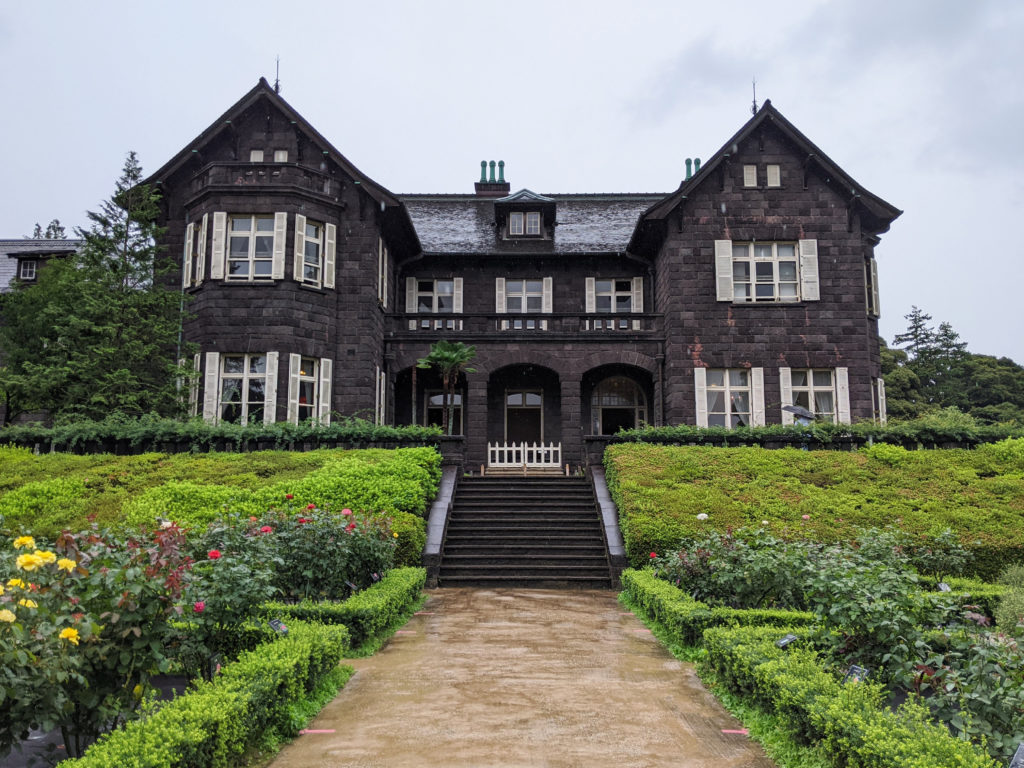
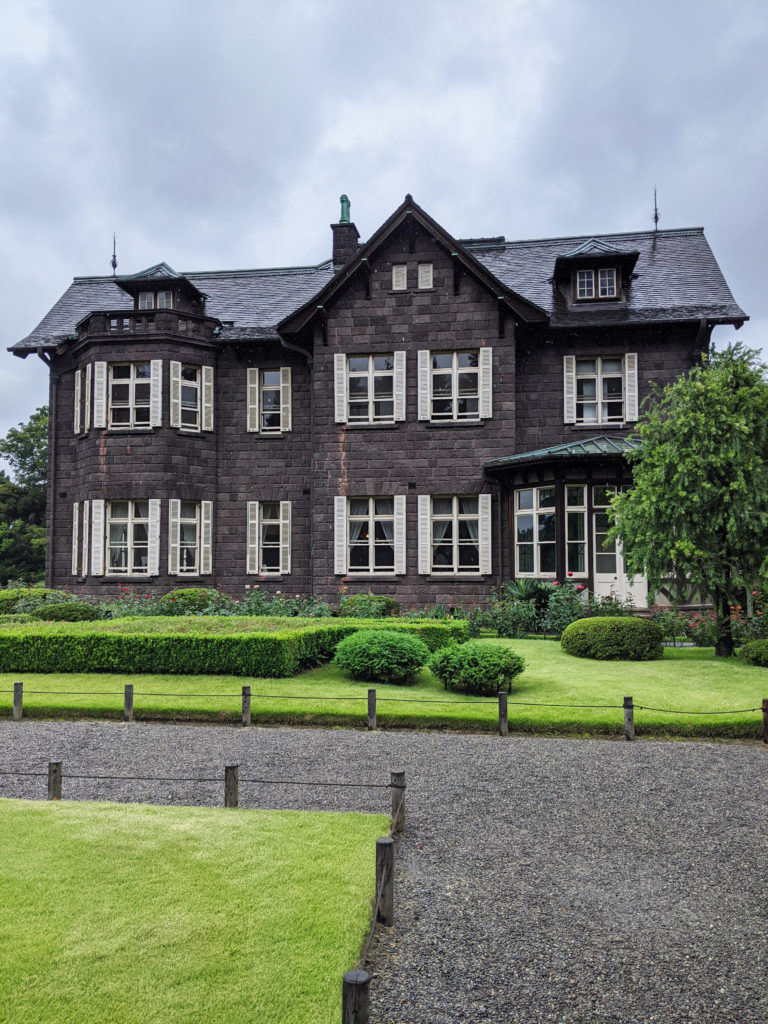
3.Kyu Asakura (1919)
Adjacent to the modern Hillside Terrace development in Daikanyama, sits the well-kept home and garden, Kyu Asakura. Commissioned in 1919 by Torajiro Asakura – a chairman of the Metropolitan assembly, the house served both as residence and place for conducting political business.
While the two-storey timber house has an outwardly Japanese appearance, the entry and reception are of a Western style (Yohma) for the entertaining of dignitaries. At the West of the ground floor are three beautiful cedar rooms in the Sukiya-zashiki style that express the beauty of the cedar grain and texture.
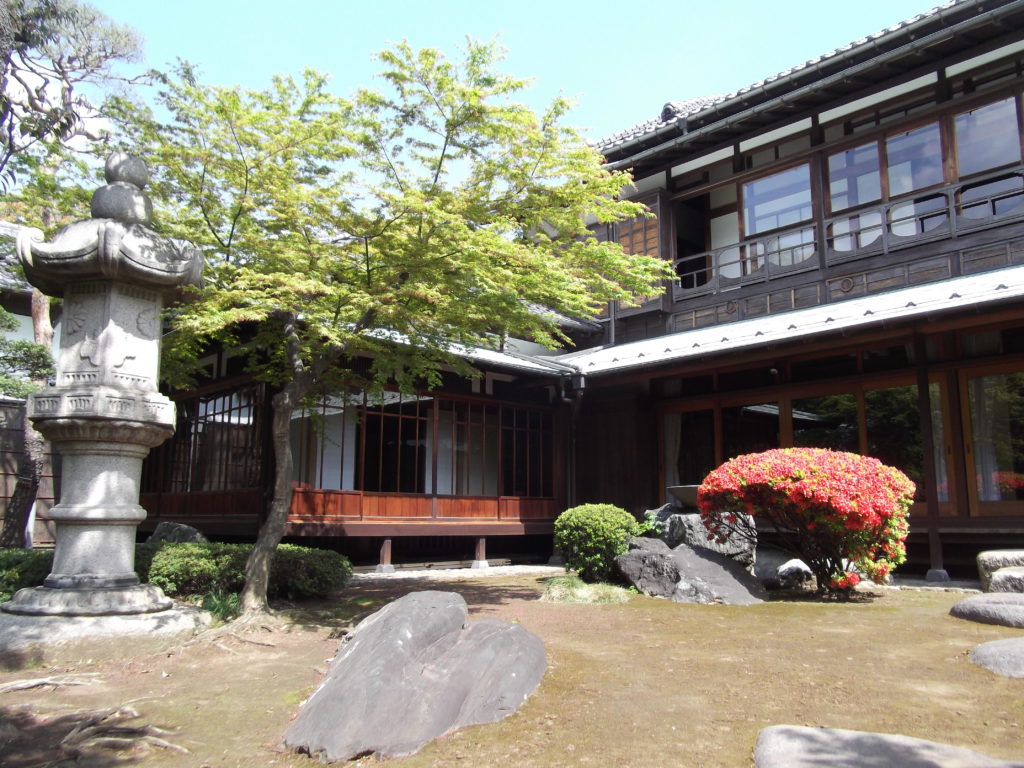
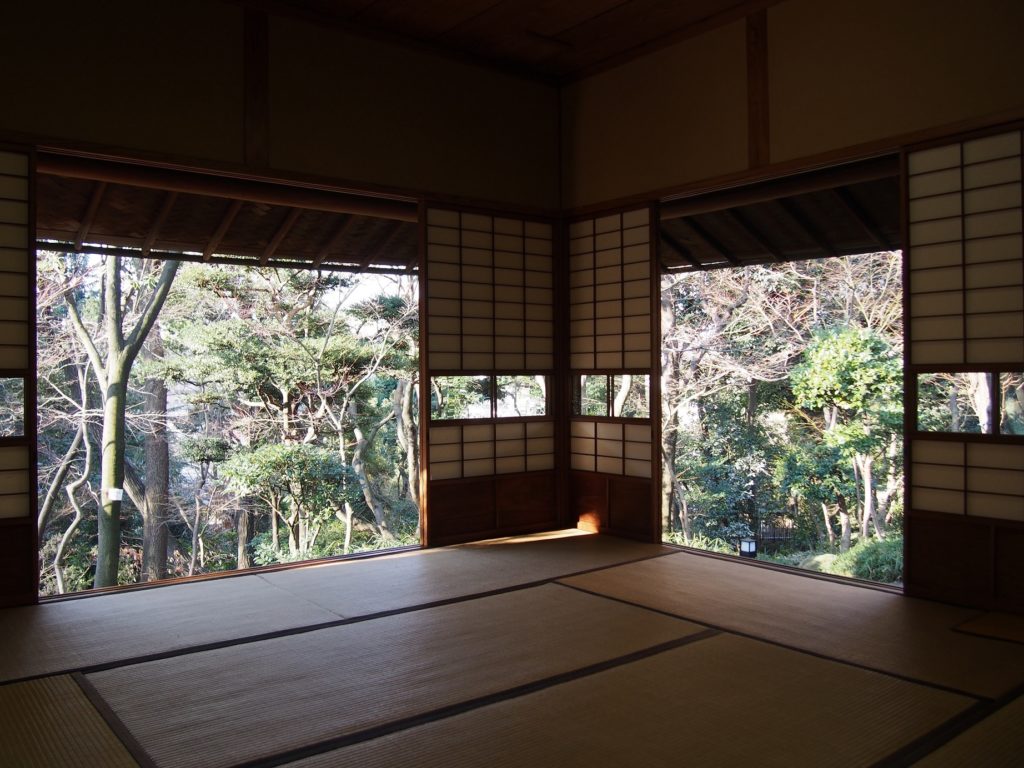
4.The Former Kusuo Yasuda Residence(1919)
Also built in 1919, the Kusuo Yasuda residence, in the quiet suburb of Sendagi, offers a contrasting approach to the union of Eastern and Western architecture. Originally designed by architect Matsutaro Fujimori for wealthy businessman Yoshisaburo Fujita the house similarly presents a Japanese appearance, while cleverly concealing a number of Western details and conveniences.
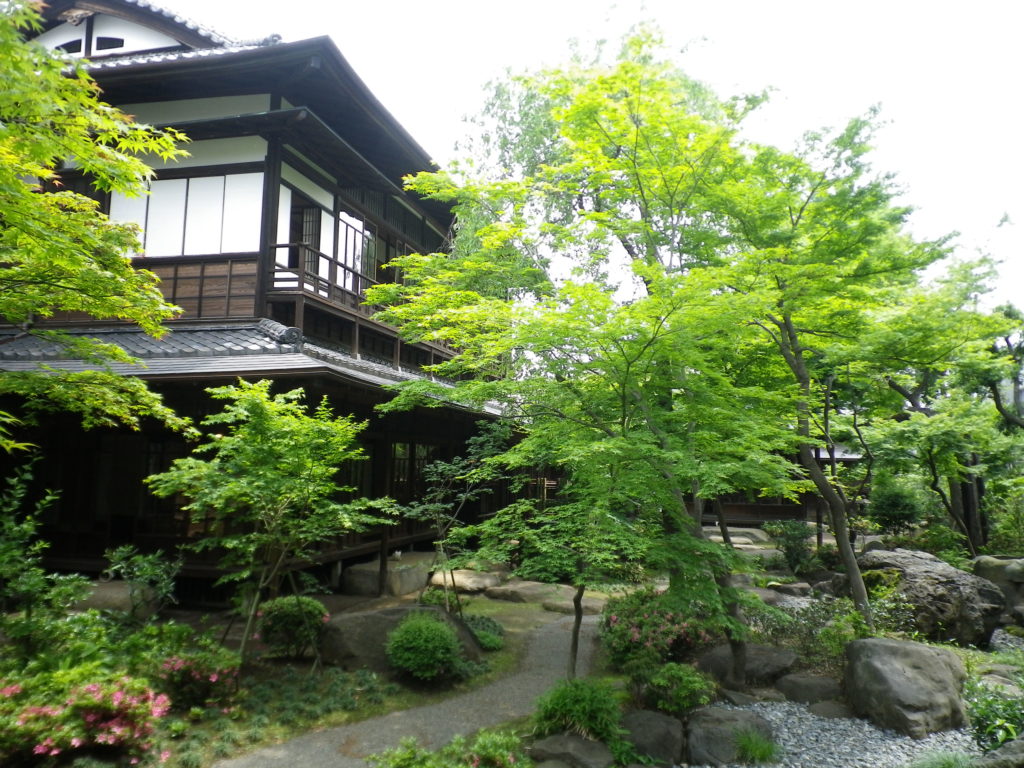
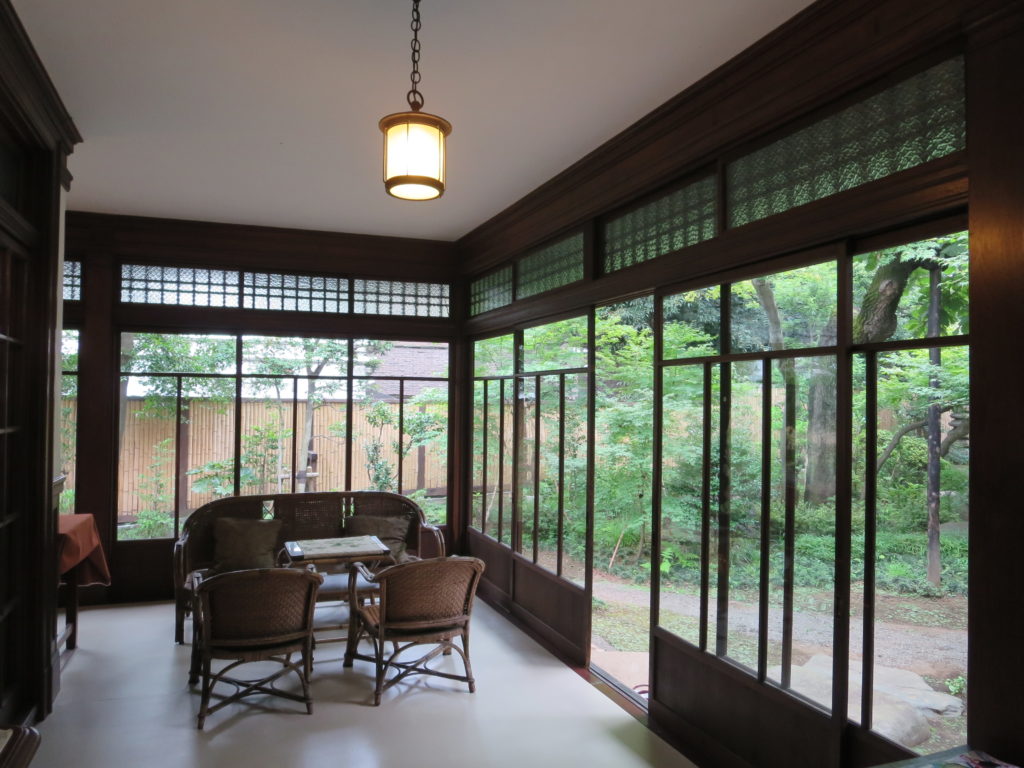
5.Marquis Maeda House (1929)
The English brick residence situated in the grounds of Komaba park, Meguro, was built for the Marquis Toshinari Maeda – the 16th head of the Maeda family. A two-storied Japanese house in the Shoin-zukuri style attached to the main house via a corridor was built the following year.
In contrast to the other examples where the family residence was of Japanese style, the Marquis (formerly a military attache for the Japanese government) had the Japanese residence built in order to receive his foreign guests, in contrast to the earlier houses.

及び御次之間-1024x683.jpg)
Given the loss of much of Tokyo’s built environment to earthquakes, incendiary bombs and insatiable growth, we are lucky to have access to these houses today. The evolution of hybrid Japanese-Western houses during the early 20th century offers an invaluable record of how the juncture of competing architectures can reflect the attitudes and values of a socially progressive period of Tokyo’s history.
